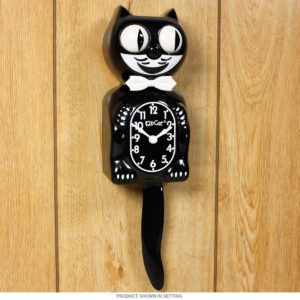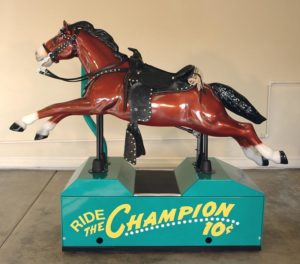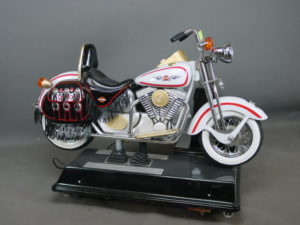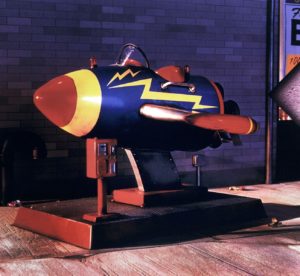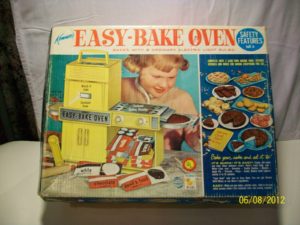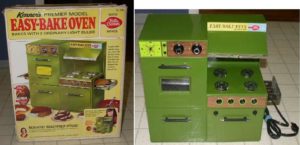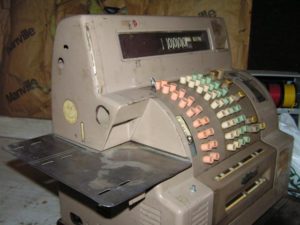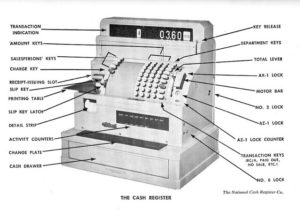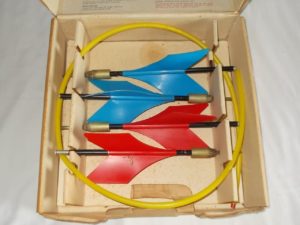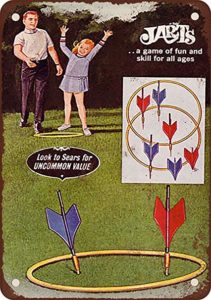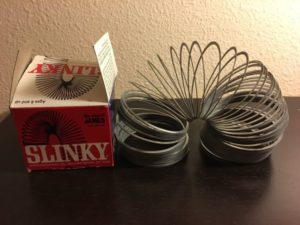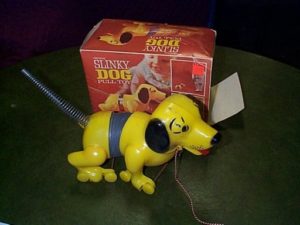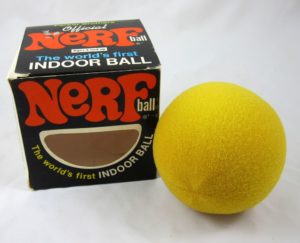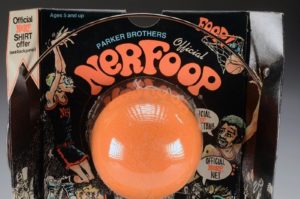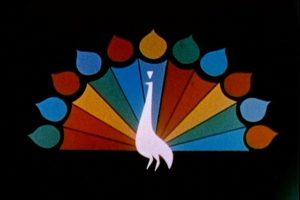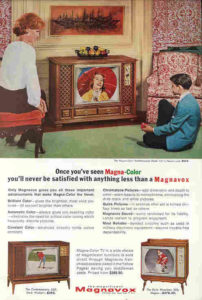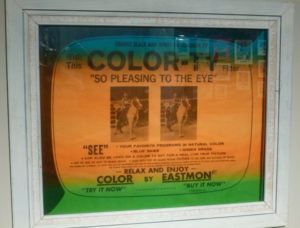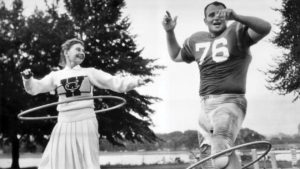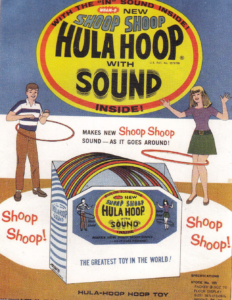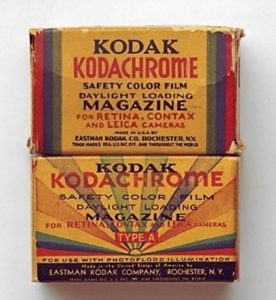
“Mama, don’t take my Kodachrome away” sang Paul Simon in what is clearly the greatest song ever written that paid homage to slide film. Unfortunately, mama, i.e. Kodak, didn’t listen.
Earlier in this year of 2009, Kodak announced that Kodachrome was going away. They had actually been making it disappear gradually for some time. For instance, Kodachrome 25 passed form the scene in 2002. Super 8 Kodachrome went away in 2005. Kodachrome 200 sailed off into the sunset in 2006. And the last holdout, 35mm Kodachrome 64, was discontinued this last June.
I spent ten years as an avid photographer. My specialty was 120 and 35mm B&W, developed in my own darkroom, and 35 mm Kodachrome slides. I preferred 64, although I picked up a couple of dozen rolls of 25 that were about to expire for half price and kept them in the freezer until I finally shot them all up.
One reason that serious photographers preferred it was its unparalleled sharpness. Plus, it tends to magnify colors in the red range, making things like red lipstick, roses, or sunsets look particularly amazing.
What Kodachrome was NOT was forgiving. It required perfect exposure for good results. Thus, many of us learned to “bracket” our shots. Instead of shooting a subject once, we would shoot it three or more times, making subtle exposure adjustments each time.
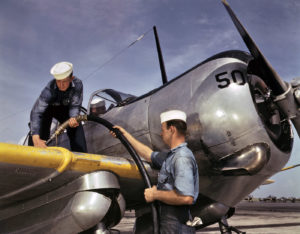
Kodachrome has a long history. It was invented in the early 1930’s by a pair of musicians. Yes, you read that right. Leopold Godowsky, Jr. and Leopold Mannes were fascinated by color photography. Unfortunately, at the time, color photography was expensive and not too good in quality. Slides were thick with pigments, and required very strong illumination to effectively display them. That meant lots of heat and short-lived expensive bulbs.
The two Leopolds devised a formula in their own laboratory to produce a subtractive film that made much less use of pigmentation. Kodak was impressed with their independent work, and poured cash into their efforts. In 1935, Kodachrome 16mm movie film was released, the next year the venerable Kodachrome 35mm slide was introduced to the world. Photographers didn’t take long to make it a huge success.
What photographers quickly figured out was what they COULDN’T do with Kodachrome: develop it themselves. The amazing film required an equally amazing combination of massive equipment and trained chemists to turn into slides that could be viewed on the more modest projectors that could now be used. Up until 1954, Kodachrome came with an envelope that allowed you to mail it in and get it processed as part of the price. That year, the practice was deemed anticompetitive in court, and Kodak was forced to allow others to obtain their proprietary chemicals.
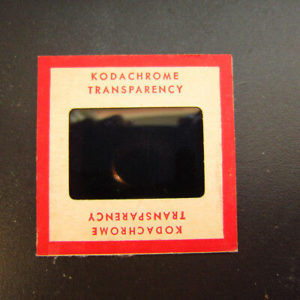
(aside)Too bad no judge has yet decided that selling computers with Microsoft products pre-installed is just as bad, or worse.(/aside)
However, Kodak still processed the lion’s share of Kodachrome, due to its complexity.
I gave up photography about the time I got my first computer back in 1993. The smart box began taking up most of my spare time as I pursued a side career in freelance writing and cartooning. I was also busy enough teaching myself the ins and outs of computers, which would eventually allow me to make a wonderful career change to full-time IT.
My 90’s vacation shots were taken with a borrowed digital camera, or else on my wife’s point-and-click. I was impressed with the digital pics, but assumed that serious photogs would continue to use Kodachrome for professional usage.
I assumed wrongly. Even the pinnacle of great photography, National Geographic magazine, eventually began using digital technology in lieu of slides.
Thus, demand for Kodachrome dropped, and the inevitable happened. The world’s favorite slide film became unprofitable to produce.
Fortunately, its legacy will live on for centuries. Kodachrome colors are among the most durable and long-lasting in the business.
